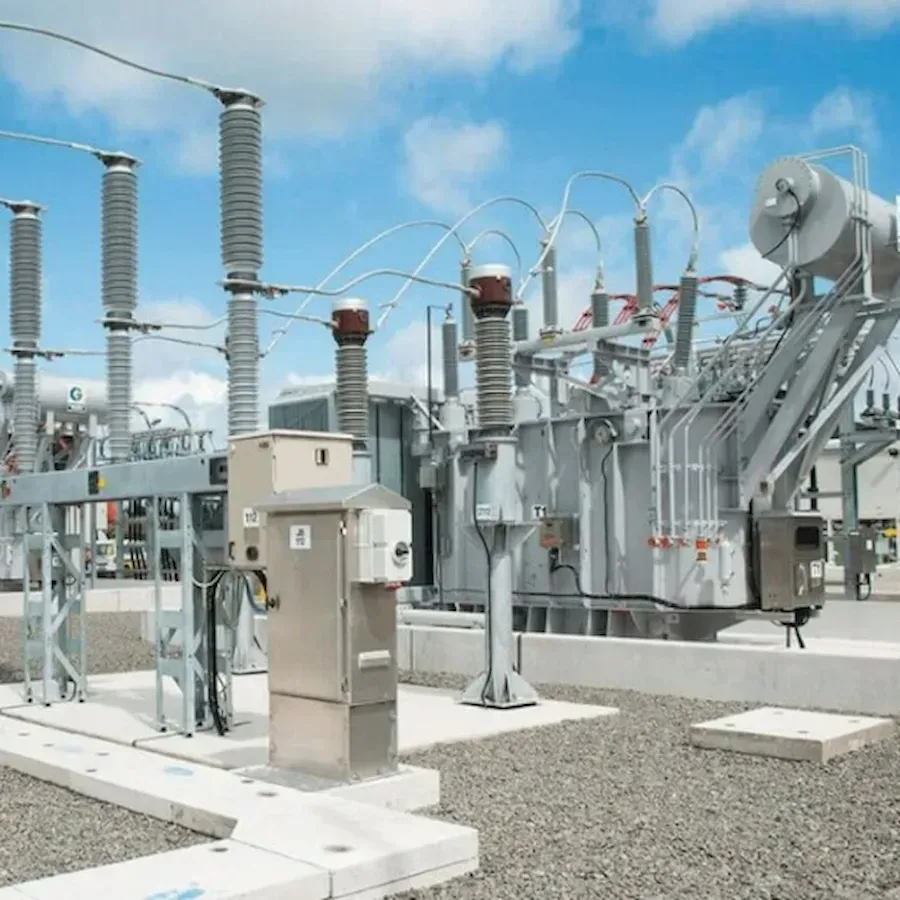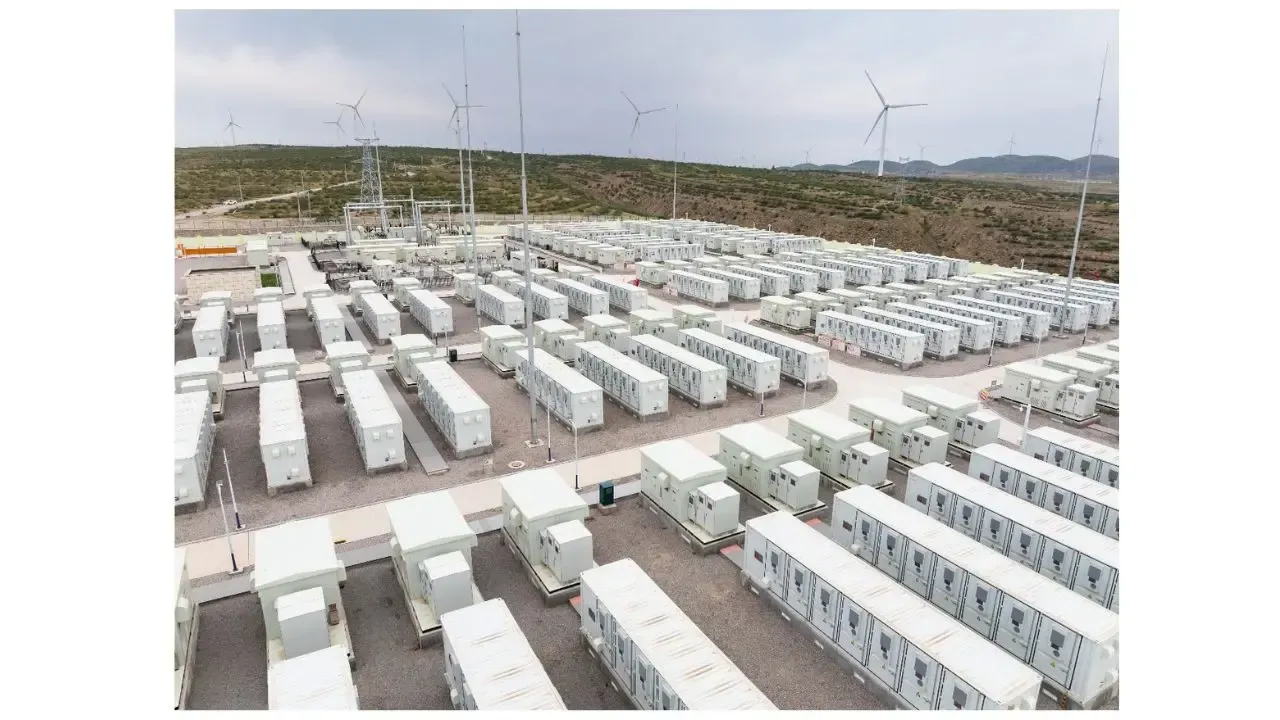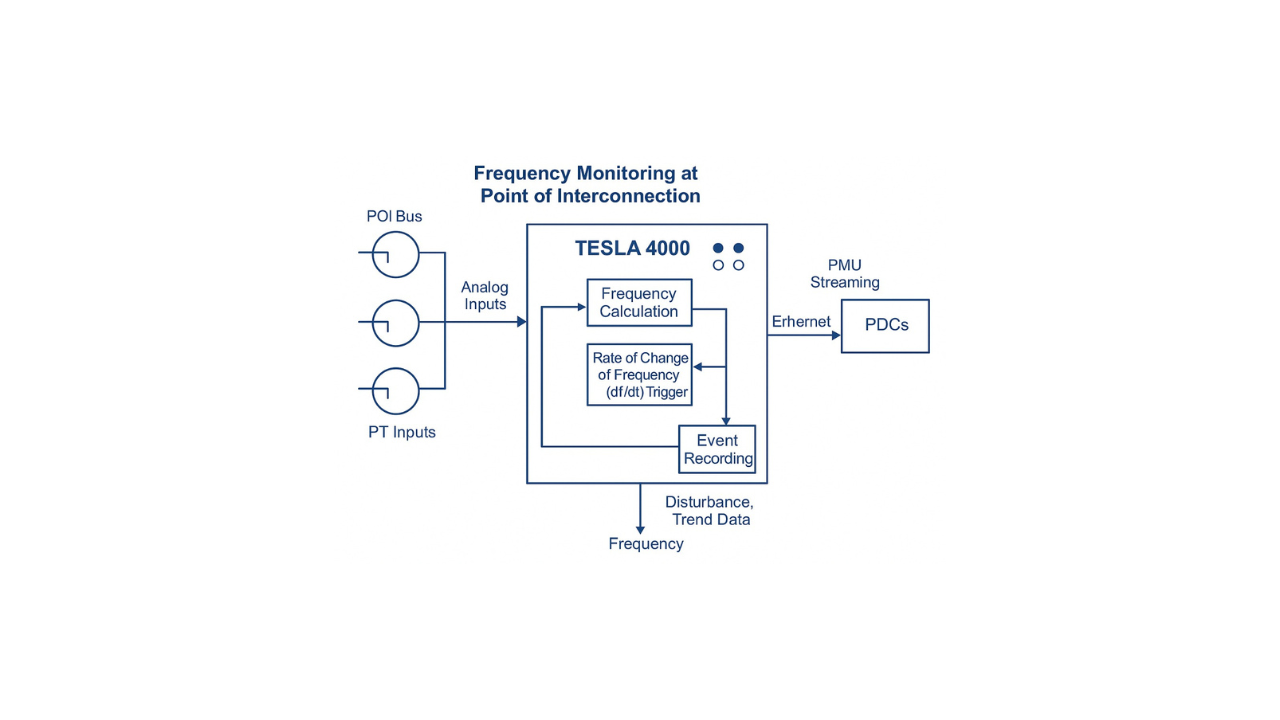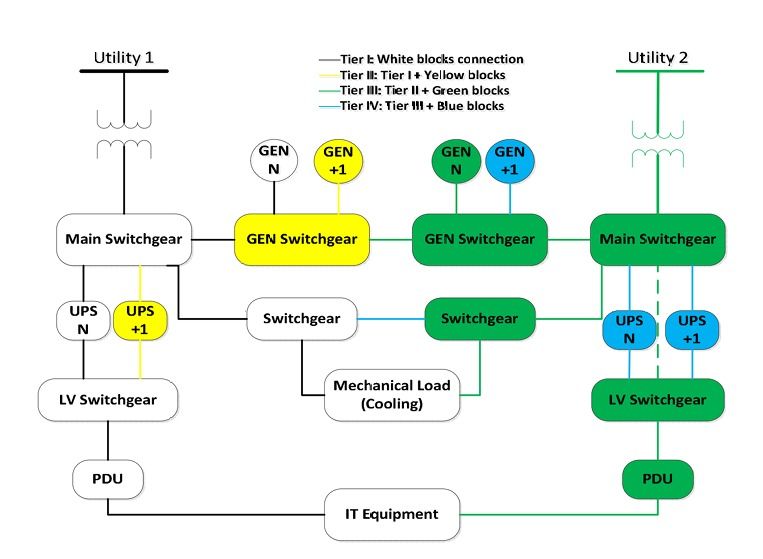A Coordinated Electric System Interconnection Review—the utility’s deep-dive on technical and cost impacts of your project.
PJM Dynamic Modeling & Interconnection Case Studies
May 9, 2025 | Blog

At Keentel Engineering, our proven dynamic modeling and interconnection expertise has supported utility-scale solar, battery energy storage systems (BESS), hybrid Solar + BESS facilities, and synchronous generator repowering projects across PJM’s footprint. Leveraging Siemens PSS®E and PSCAD simulations, user-defined model (UDM) development, and strict adherence to NERC and PJM criteria, we deliver audit-ready submissions that eliminate resubmittals, accelerate queue approvals, and ensure Bulk Electric System reliability. Explore how our tailored solutions—from PSS®E flat-start studies to hybrid inverter coordination—have achieved first‐pass acceptance and on-time energization for our clients.
Case Study 1
Dynamic Modeling for a 150 MW Solar PV Plant (Confidential Project A – New Jersey)
Challenge
A utility-scale solar developer submitted a 150 MW New Service Request to PJM with an aggressive timeline to secure queue placement. They faced a challenge in preparing dynamic models that complied with PJM’s strict inverter‐based resource (IBR) modeling criteria, particularly regarding momentary cessation and power factor control.
Keentel Engineering Solution
- Developed compliant
.idvand.dyrfiles using REGCA1, REECA1, and REPCA1 models tailored to the specific inverter type. - Conducted full flat start, VRT, and primary frequency response simulations using Siemens PSS®E v35.3.2.
- Eliminated momentary cessation per Section 7.5 and validated Qmax/Qmin from PQ curves at 95 °F ambient temperature.
Outcome
PJM accepted the submission without any data deficiency flags. The developer avoided resubmission delays, and Keentel’s documentation package met all deliverables under Section 8 of the guidelines.
Case Study 2
As-Built Model Resubmission with UDM for a 50 MW BESS (Confidential Project B – Pennsylvania)
Challenge
A 50 MW standalone battery storage project had commissioned with a proprietary inverter model not covered by PJM’s approved library models. The developer faced rejection of their As-Built submission due to lack of a validated user-defined model (UDM).
Keentel Engineering Solution
- Worked with inverter OEM to extract control logic, DLLs, and source code for the BESS inverter dynamic behavior.
- Created and tested UDMs with REECC1 and REGCBU1 modules to represent grid-charging behavior per REECC guidelines.
- Generated a complete UDM documentation packet including block diagrams, parameter explanations, and test logs.
Outcome
The As-Built submission passed PJM review. The FAT report, required under Section 8 for main power transformers, was integrated into the submission. Project achieved interconnection compliance within 30 days of re-submission.
Case Study 3
Multi-Inverter Model for Hybrid Solar + BESS Facility (Confidential Project C – Maryland)
Challenge
A hybrid facility with 120 MW solar and 40 MW BESS had different inverter types and control logics. PJM required a detailed model that accurately represented both technologies using multi-generator equivalents, and plant-level coordination via PLNTBU1.
Keentel Engineering Solution:
- Developed separate REGC and REEC modules for each inverter type and integrated PLNTBU1 for coordinated control.
- Modeled PQ curves with inverter-specific data for accurate Qmax/Qmin limits.
- Included VTGTPAT and FRQTPAT relay models with protection curves compliant with NERC PRC-024-3.
Outcome
The hybrid project submission was approved in the first cycle with no supplemental data requests. The model was lauded for clearly representing shared POI behavior and frequency ride‐through settings, making it a PJM internal example for hybrid configurations.
Case Study 4
Repowering of Existing Synchronous Generator (Confidential Project D – West Virginia)
Challenge
An older 100 MW coal-fired synchronous unit was being upgraded with new excitation and governor systems. The repowered unit required an updated dynamic model that matched current operating characteristics and included necessary power factor and saturation curve validation.
Keentel Engineering Solution:
- Replaced legacy GENCLS and SEXS models with GENSAL and EXST1 for detailed generator behavior.
- Integrated PSS (Power System Stabilizer) and AVR limiter models to enhance transient stability representation.
- Completed MFO and power factor assessments per Section 7.1 and 7.2, including summer and winter operating conditions.
Outcome
The updated model allowed the facility to be requalified under its interconnection agreement. PJM approved the repowering study without requiring a PSCAD model, accelerating re-energization approvals.
Want to learn more? Check out our Power System Studies and POI Interconnection Engineering Support services for details on our dynamic and interconnection capabilities.
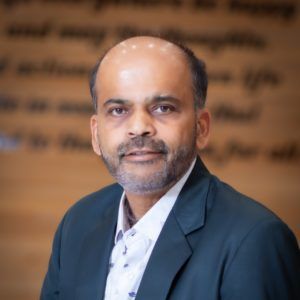
About the Author:
Sonny Patel P.E. EC
IEEE Senior Member
In 1995, Sandip (Sonny) R. Patel earned his Electrical Engineering degree from the University of Illinois, specializing in Electrical Engineering . But degrees don’t build legacies—action does. For three decades, he’s been shaping the future of engineering, not just as a licensed Professional Engineer across multiple states (Florida, California, New York, West Virginia, and Minnesota), but as a doer. A builder. A leader. Not just an engineer. A Licensed Electrical Contractor in Florida with an Unlimited EC license. Not just an executive. The founder and CEO of KEENTEL LLC—where expertise meets execution. Three decades. Multiple states. Endless impact.
Services

Let's Discuss Your Project
Let's book a call to discuss your electrical engineering project that we can help you with.

About the Author:
Sonny Patel P.E. EC
IEEE Senior Member
In 1995, Sandip (Sonny) R. Patel earned his Electrical Engineering degree from the University of Illinois, specializing in Electrical Engineering . But degrees don’t build legacies—action does. For three decades, he’s been shaping the future of engineering, not just as a licensed Professional Engineer across multiple states (Florida, California, New York, West Virginia, and Minnesota), but as a doer. A builder. A leader. Not just an engineer. A Licensed Electrical Contractor in Florida with an Unlimited EC license. Not just an executive. The founder and CEO of KEENTEL LLC—where expertise meets execution. Three decades. Multiple states. Endless impact.
Leave a Comment
We will get back to you as soon as possible.
Please try again later.
Related Posts


